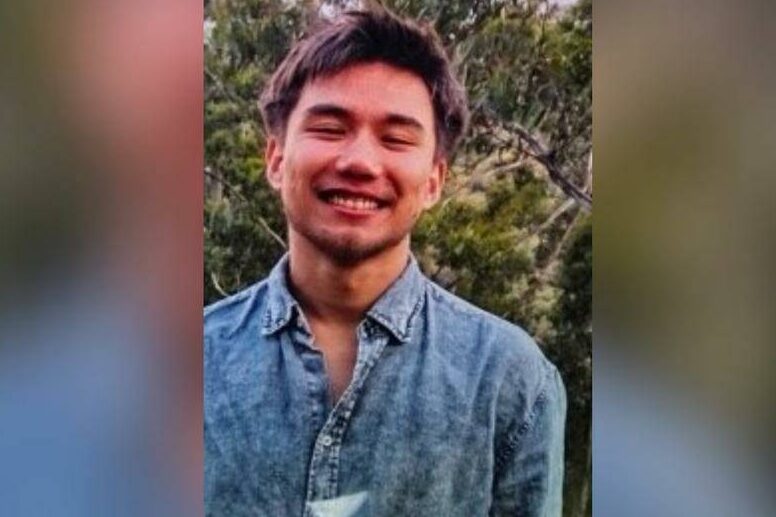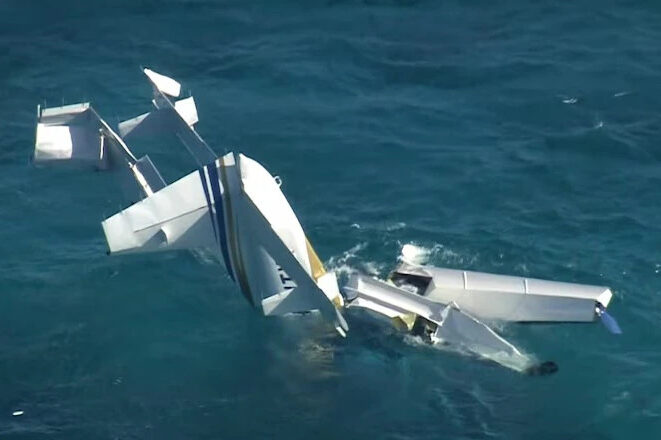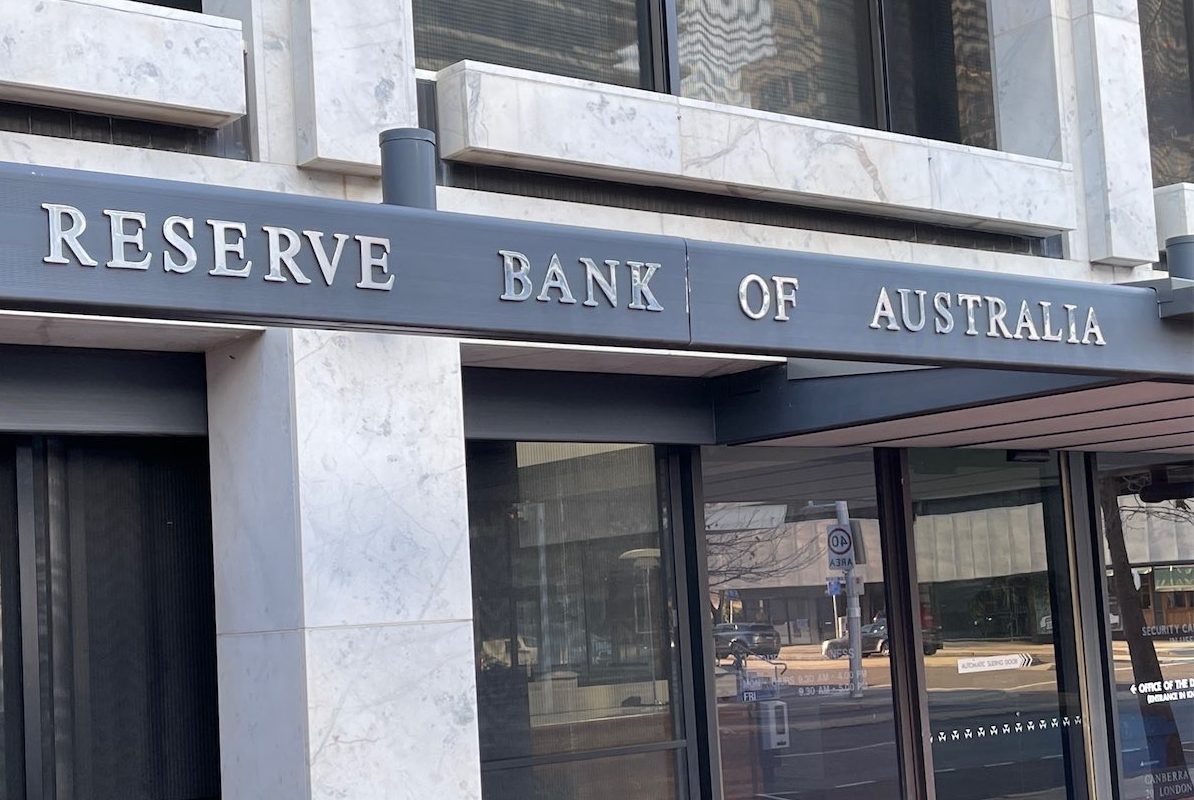
A CANBERRA-based, hi-tech drone company has volunteered cutting-edge assistance to search for potential evidence in some of the ACT’s long-standing unsolved murders and disappearances.

Like something out of a sci-fi film, the unmanned aerial vehicle (UAV) technology of Department 13 has the capability to assist in new ways in old investigations. This could include that of 20-year-old Keren Rowland, whose body was found in the Fairbairn Pine Forest in 1971.
According to CEO Lee Croft, these technologies can provide access and coverage in ways often not otherwise possible.
“More and more, drones are used in everything from intelligence gathering, physical security to surveillance, disasters to crime scenes,” he says.
“A system being developed in the US can even analyse drone footage to determine whether people are alive or not”.
The tech company was established in the US in 2010 and Canberra in 2020. The sophisticated equipment in its stable is well beyond anything available to the average recreational user.
“Some of the work we undertake includes surveillance, reconnaissance and security monitoring” explains Lee.
“This is for purposes of public, personal and asset protection and monitoring.”
In relation to local cold cases, there’s the potential for a modern, aerial perspective of the likes of the Fairbairn Forest.
More traditional searches of the site, next door to the Canberra Airport, have been conducted over 50 years in the attempt to solve the baffling mystery of Keren’s fate.
At the end of 2020, the AFP made use of metal detectors to determine if a missing bracelet Keren apparently had with her on the night of February 26, 1971, when she disappeared, might be unearthed.
Although nothing was discovered, the process went some way in confirming the jewellery remains a critical and unaccounted for piece of evidence.
Department 13’s high-end capabilities can also extend to Light Detection and Ranging (LIDAR) and experts trained in the use of Ground Penetrating Radar (GPR).
“LIDAR is essentially a distance technology, using light in the form of a pulsed radar to generate three-dimensional information about surfaces like landscapes,” says Lee.
“In fact, its depth-sensing is even being built into the latest iPhones.
“It’s a significant tool because any identified, unusual changes in ground elevation may provide authorities with more focused points of interest for further investigation”.
GPR uses radar pulses to detect objects and irregularities – but deep underground.

It’s been used in high-profile international cold cases, one of the most recent, that of Kristin Smart.
The 19-year-old disappeared from a Californian university campus in 1996. At this stage, her body remains unfound.
With much interest generated through an in-depth 2019 podcast, “Your Own Backyard” – and subsequently, two arrests – GPR continues to be used in the ongoing search for Kristin’s body and any evidence.
When it comes to unsolved Canberra-region crimes, there could also be the chance for further explorations of other locations. This includes the 30-year-old case of Dianne Pennacchio, found murdered in the Tallaganda State Forest (on the NSW side of the border) in 1991.
Then there’s the locals who’ve vanished without trace.
The end of July marked 37 years since 17-year-old Megan Mulquiney was last seen at the Woden Plaza. In 1980, 18-year-old Elizabeth Herfort disappeared from along Commonwealth Avenue – September 3, 2021, marks what would have been her 60th birthday. And there are others.
While even the most up-to-the-minute technologies aren’t guaranteed to reveal anything new or even potentially connected, it offers the possibility for a re-examination of old scenes to the fullest extent currently available.
“If we can provide some resources that may help in any of these local cases, even in a small way, we’re very happy to do that,” says Lee.
“We might not be able to find answers for families, but at the least, it has the potential to eliminate continuing to go over ‘old ground’ as such, meaning police can focus on other leads and information moving forward”.
For more on these local unsolved cases, see capitalcrimefiles.com.au. If you have any information relating to any of them contact Crime Stoppers.
Who can be trusted?
In a world of spin and confusion, there’s never been a more important time to support independent journalism in Canberra.
If you trust our work online and want to enforce the power of independent voices, I invite you to make a small contribution.
Every dollar of support is invested back into our journalism to help keep citynews.com.au strong and free.
Thank you,
Ian Meikle, editor




Leave a Reply